Frequency range: 26.5- 28MHz SWR: ≤1.2:1 Max. power: 35W continuous 250W Short time Bandwidth at S.W.R. 2:1: 1900KHz Impedance: 50ohm Whip length: 1200mm Adjustment: 0~90° Cable Length: RG58/157" Po...
See DetailsSelecting and Mounting the Best CB Antenna for Your Vehicle
For truckers, off-road enthusiasts, and travelers relying on Citizen Band (CB) radio, a well-chosen and properly mounted antenna isn't an accessory – it's the cornerstone of effective communication. The right setup dramatically impacts your range, clarity, and overall CB experience.
Understanding the Core: Antenna Selection Factors
-
Antenna Type & Length: The Wavelength Principle
- Quarter-Wave (9 ft / 102"): The theoretical ideal for CB's 11-meter band (27 MHz). Offers excellent performance if properly grounded and mounted centrally on a large metal roof (optimal ground plane). Often impractical for most vehicles due to height (garages, bridges, trees).
- Half-Wave (Approx. 18 ft): Less common for mobile use due to extreme length. Requires less ground plane dependency but height remains a major hurdle.
- Loaded Antennas (Commonly 3-7 ft): The practical solution for most. Use coils (center-loaded, top-loaded, base-loaded) to electrically lengthen a shorter physical antenna.
- Top-Loaded: Coil at the top. Often better performance than center-loaded but can be more fragile.
- Center-Loaded: Coil in the middle. Good balance of performance and durability. Popular choice.
- Base-Loaded: Coil at the base. Generally less efficient for CB than top or center-loaded types. Easier to mount but performance often compromised.
- Trade-off: Shorter loaded antennas sacrifice some efficiency compared to a full quarter-wave but gain crucial practicality. Focus on finding the longest practical length for your vehicle.
-
Gain: Not Always "More is Better"
- Measured in dB (decibels). Indicates how the antenna focuses energy relative to a reference antenna (dBi) or a dipole (dBd).
- Higher gain (e.g., 5-6 dB gain antennas) focus energy more horizontally, potentially increasing range along the horizon but reducing signal directly above/below. Ideal for open highway use.
- Lower gain (e.g., 2-3 dB gain, like many shorter antennas) offer a more spherical radiation pattern – better for hilly terrain or when communicating with vehicles at different elevations.
- Match gain to your primary use case. A high-gain antenna pointed slightly downward by vehicle motion can perform worse than a lower gain antenna optimized for your environment.
-
Build Quality: Durability Matters
- Materials: Stainless steel whips resist corrosion. Fiberglass bodies are common; ensure quality resin and weave. Brass or stainless fittings resist rust.
- Coil Construction: Protected coils (e.g., within a fiberglass shell) withstand weather and brush better than exposed wire coils.
- Mounting Hardware: Robust springs (for whip antennas) absorb shocks. Ensure all nuts, bolts, and brackets are sturdy.
The Critical Second Step: Mounting for Performance
Even the best antenna performs poorly if mounted incorrectly. Mounting directly affects the antenna's ground plane and signal radiation.
-
Location, Location, Location:
- Center of the Roof: The ideal location. Provides the largest, most symmetrical metal ground plane, maximizing signal efficiency and pattern consistency. Requires drilling (permanent) or exploring strong magnetic or clamp options (check weight limits).
- Trunk Lid / Rear Tailgate: Common alternative. Performance is generally good, though the ground plane is smaller and less symmetrical than the roof. Ensure a solid electrical connection to the vehicle body.
- Bumper: Often the easiest mount point, but performance is usually the lowest. Limited ground plane and low height significantly reduce range. Antenna position near the ground also increases susceptibility to interference and damage. Use only if other options are impossible.
- Mirror Mounts (Trucks): Popular for large trucks. Places the antenna high, offering good line-of-sight. Ensure a robust mount designed for the antenna's weight and wind load.
-
Ground Plane is Paramount:
- The vehicle's metal body acts as the counterpoise (ground plane) for the antenna. A larger, uninterrupted metal surface under the antenna base yields better performance.
- Mounting on non-metallic surfaces (fiberglass tops, plastic bumpers) or small metal surfaces (like a spare tire carrier isolated from the body) severely degrades performance. Special "no ground plane" (NGP) antennas exist for these scenarios but are generally less efficient than antennas utilizing a good ground plane.
-
Mounting Hardware: Secure the Connection
- Magnetic Mounts: Convenient and temporary. Require a clean, flat, metal surface. Performance depends heavily on the size/quality of the magnet and the surface contact. Not ideal for permanent use or rough terrain.
- Permanent Mounts (Drill Required): Offer the most secure and reliable electrical connection. Use high-quality, weather-sealed mounts (e.g., SO-239 style). Crucially: Ensure bare metal contact between the mount base and the vehicle body, scraping away paint if necessary, and seal thoroughly against water ingress after installation.
- Clamp Mounts (e.g., to trunk edge, bed rail): A solid non-drilling alternative if a suitable metal lip exists. Ensure tight clamping force and metal-to-metal contact.
-
Height and Clearance:
- Generally, higher mounting yields better range by improving line-of-sight. However, balance this with practicality (garage clearances, tree branches).
- Ensure the antenna whip clears obstructions (like roof racks or cab height on trucks) by at least several inches to prevent signal distortion and damage.
The Non-Negotiable Final Step: Tuning (SWR Check)
After selecting and mounting your antenna, you must tune it using an SWR (Standing Wave Ratio) meter. This measures how efficiently power is transferred from the radio through the cable to the antenna.
- Why it Matters: High SWR (typically above 2:1 or 3:1) indicates poor matching, leading to:
- Significantly reduced transmit power and range.
- Potential damage to your CB radio over time.
- Distorted receive signals.
- The Process: Follow the SWR meter instructions. You'll transmit on specific channels (usually 1, 19, and 40) and adjust the antenna length (often via a tuning tip) to achieve the lowest possible and flattest SWR reading across the band. Aim for below 1.5:1, but below 2:1 is generally acceptable. Never transmit for extended periods while adjusting or if SWR is very high.
Selecting and mounting your CB antenna is a blend of understanding radio principles and practical vehicle constraints. Prioritize the longest practical, well-built antenna type suited to your typical terrain. Invest significant thought into the mounting location – favoring the center of the roof or rear trunk/tailgate for optimal ground plane – and ensure a secure, electrically sound connection. Finally, never skip the crucial step of carefully tuning your antenna with an SWR meter. By methodically addressing these factors, you transform your vehicle into an effective communication platform, maximizing the reliability and range of your CB radio.

 English
English Español
Español
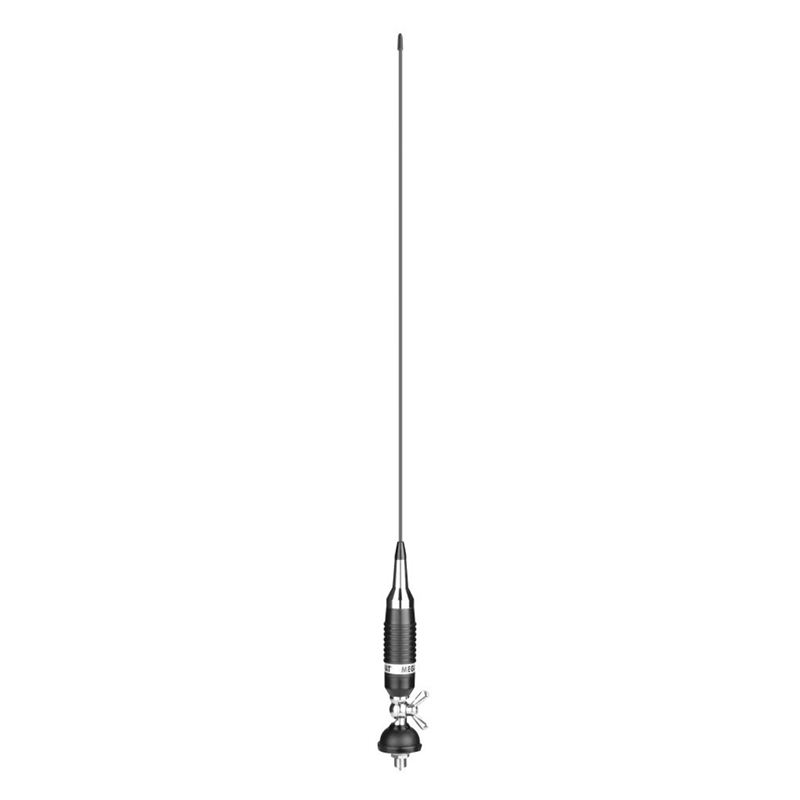
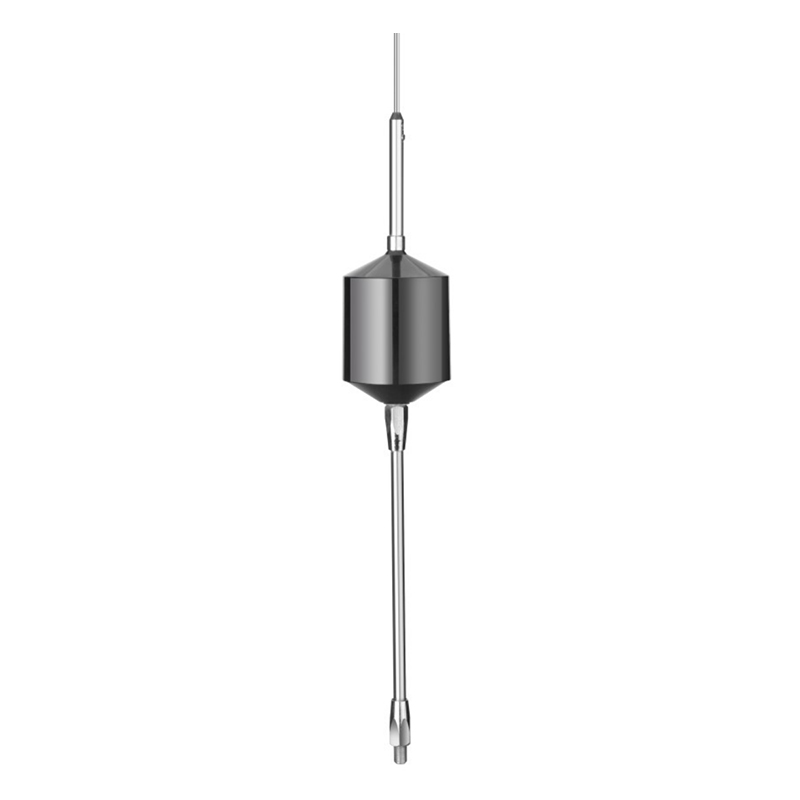
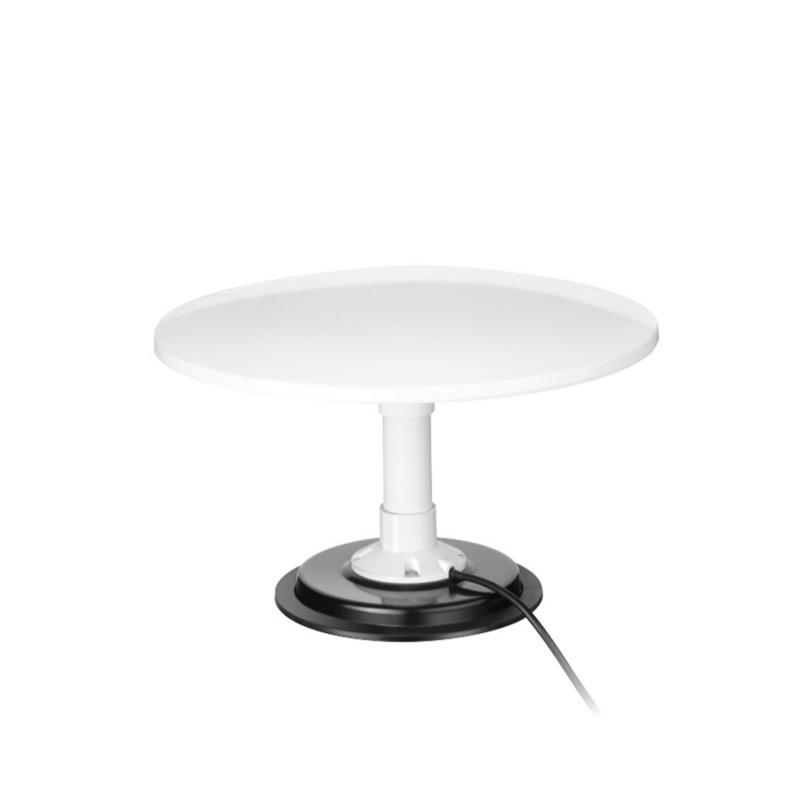
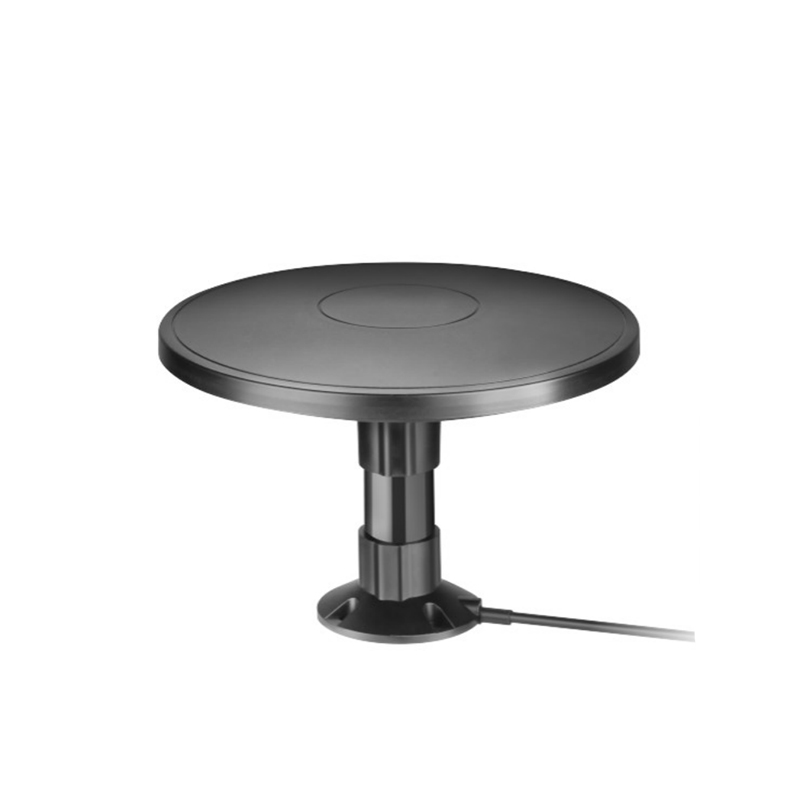
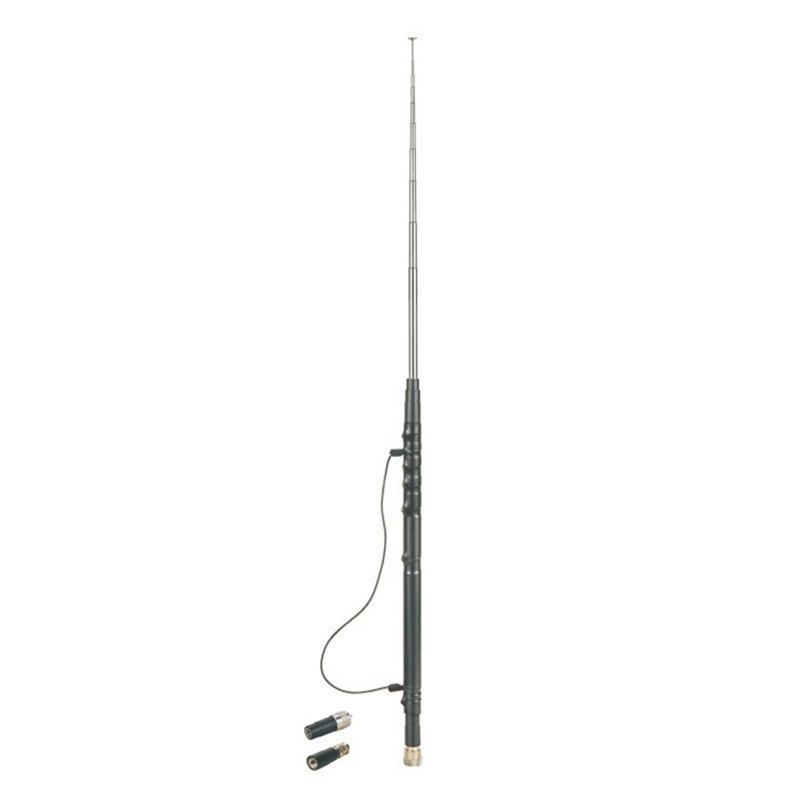
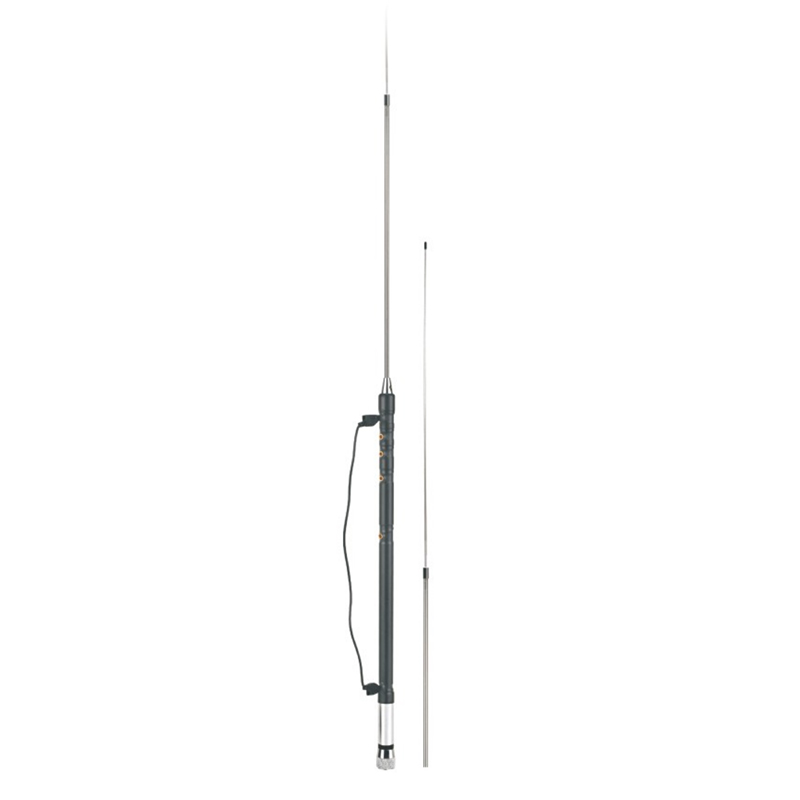
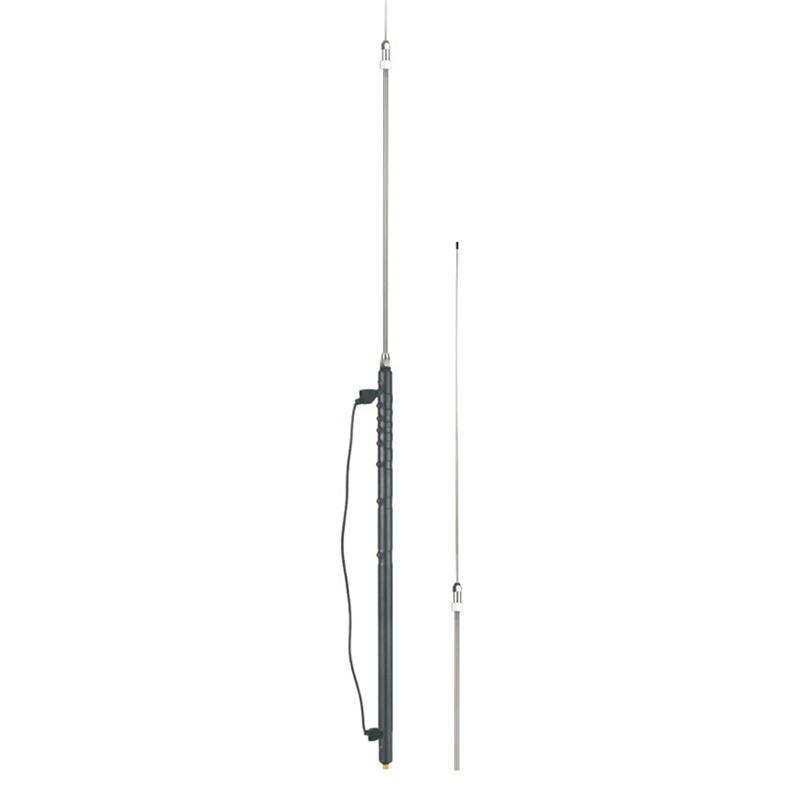
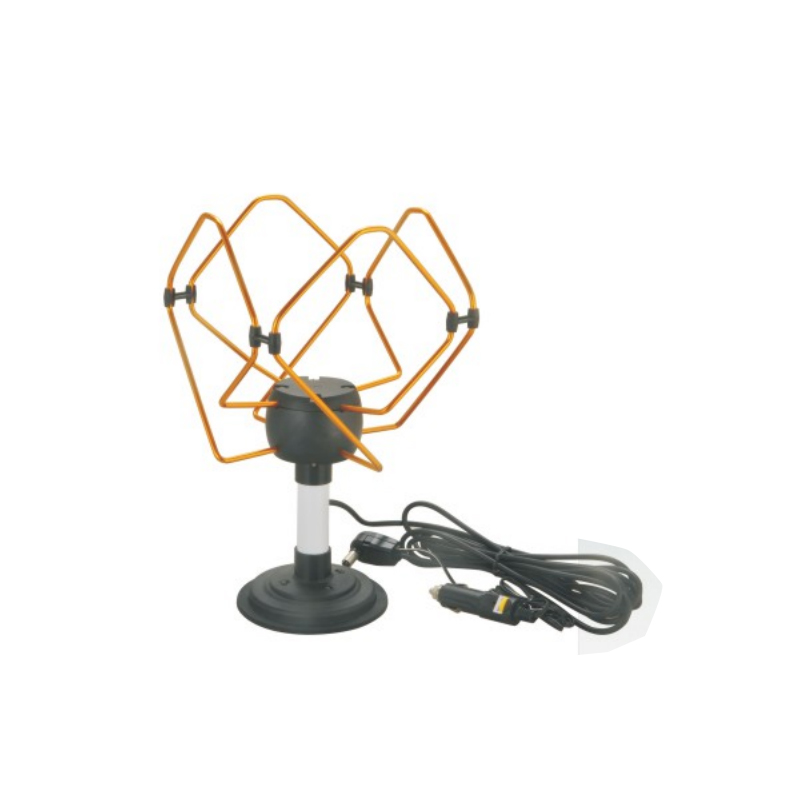
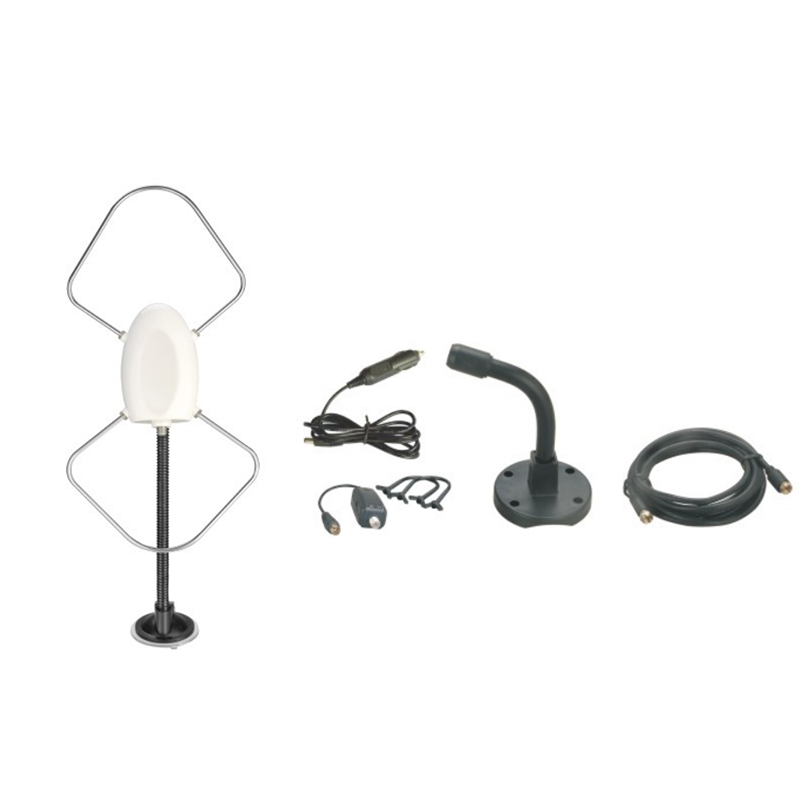
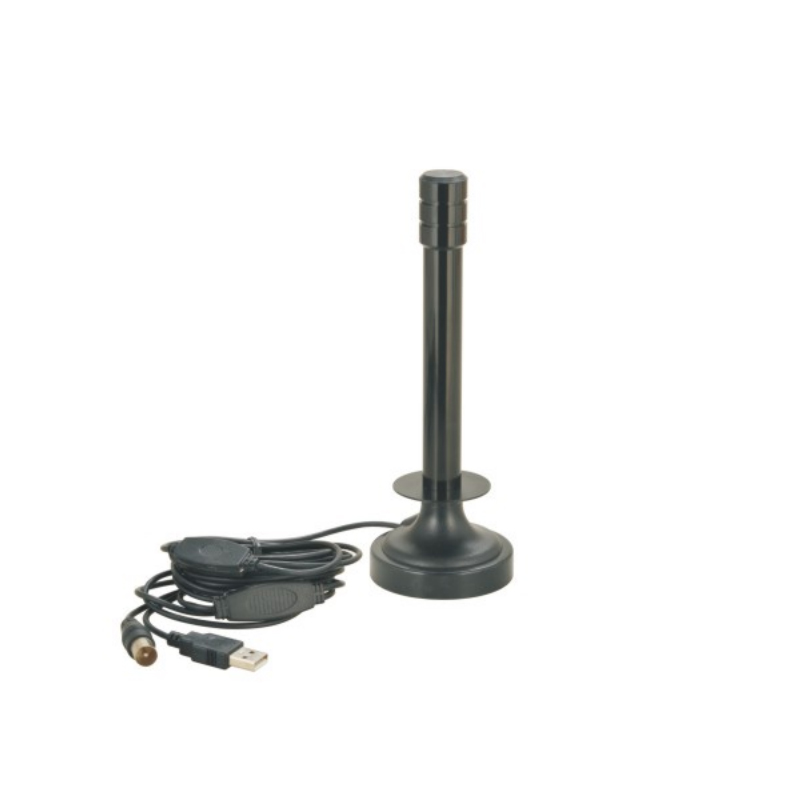
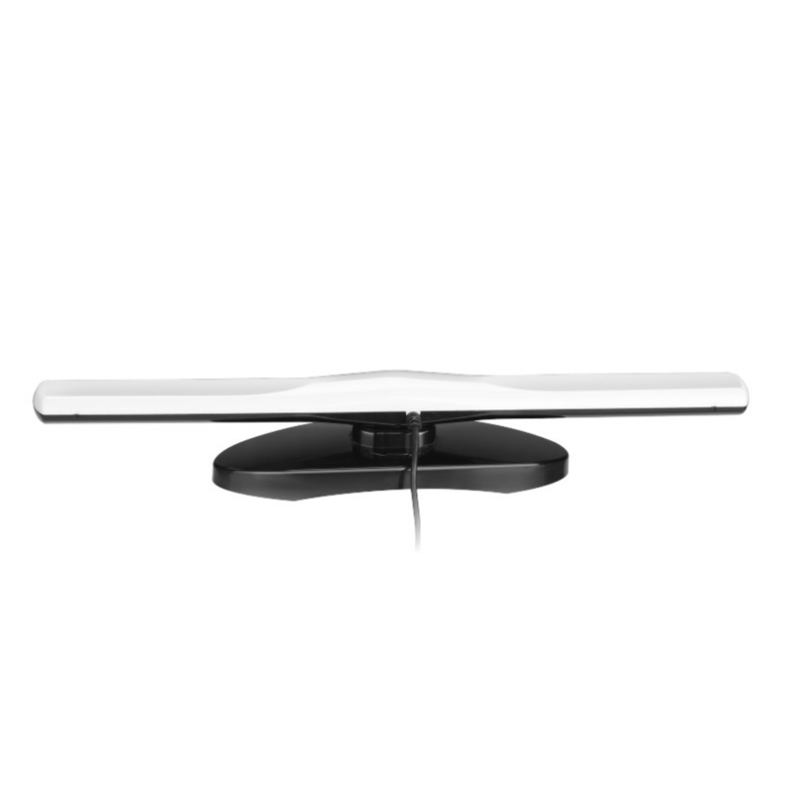
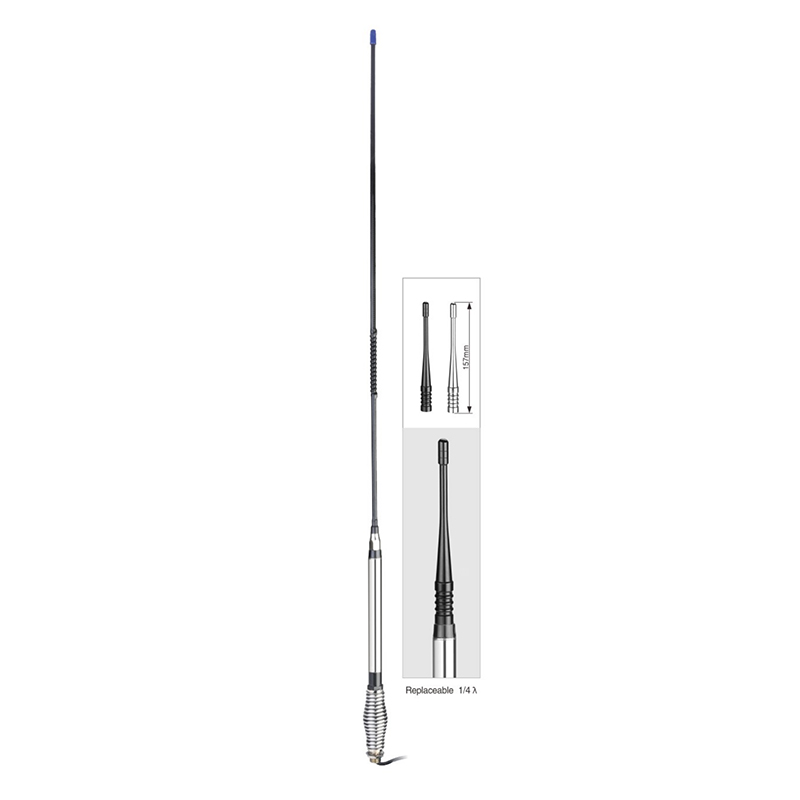

Contact Us